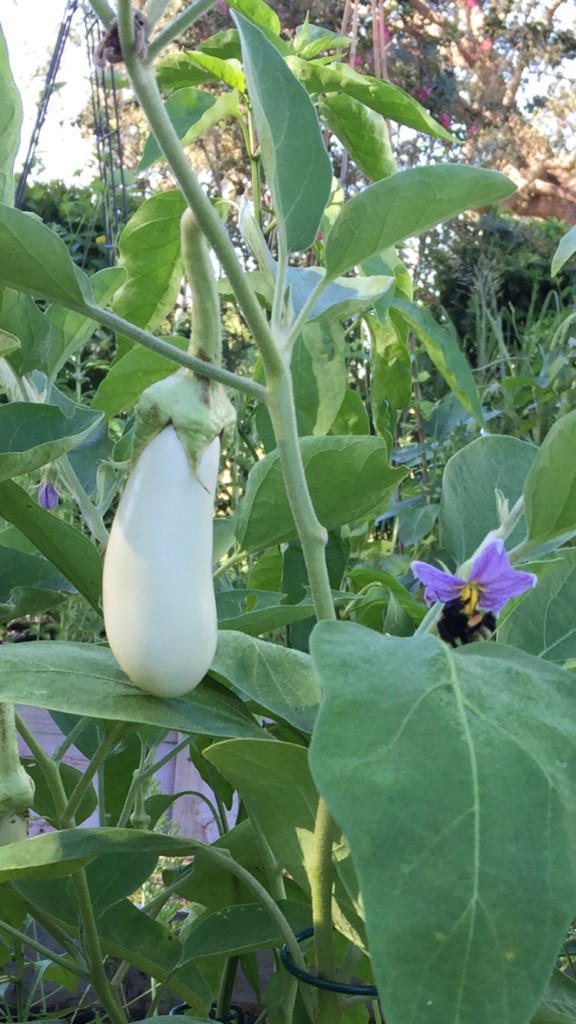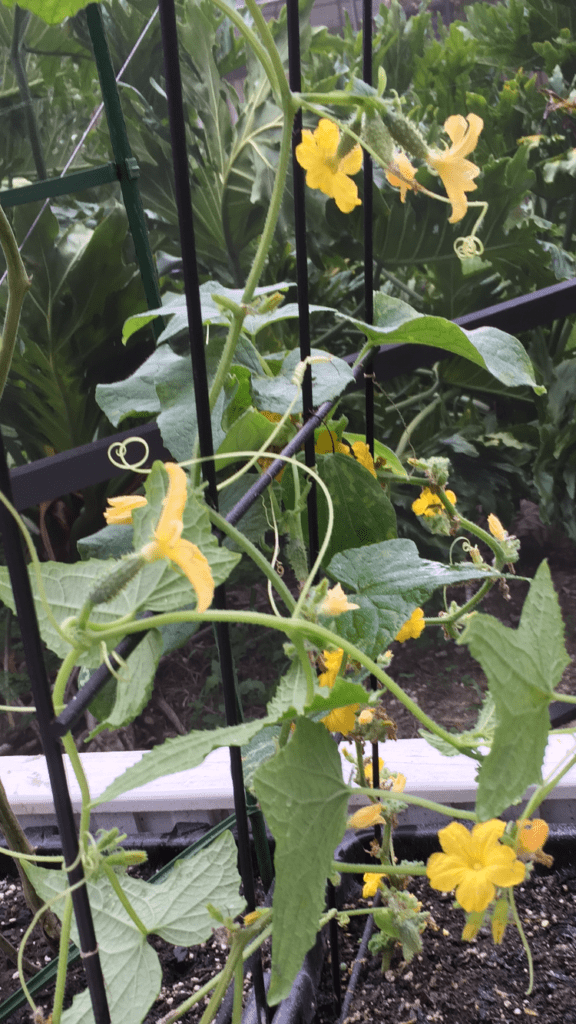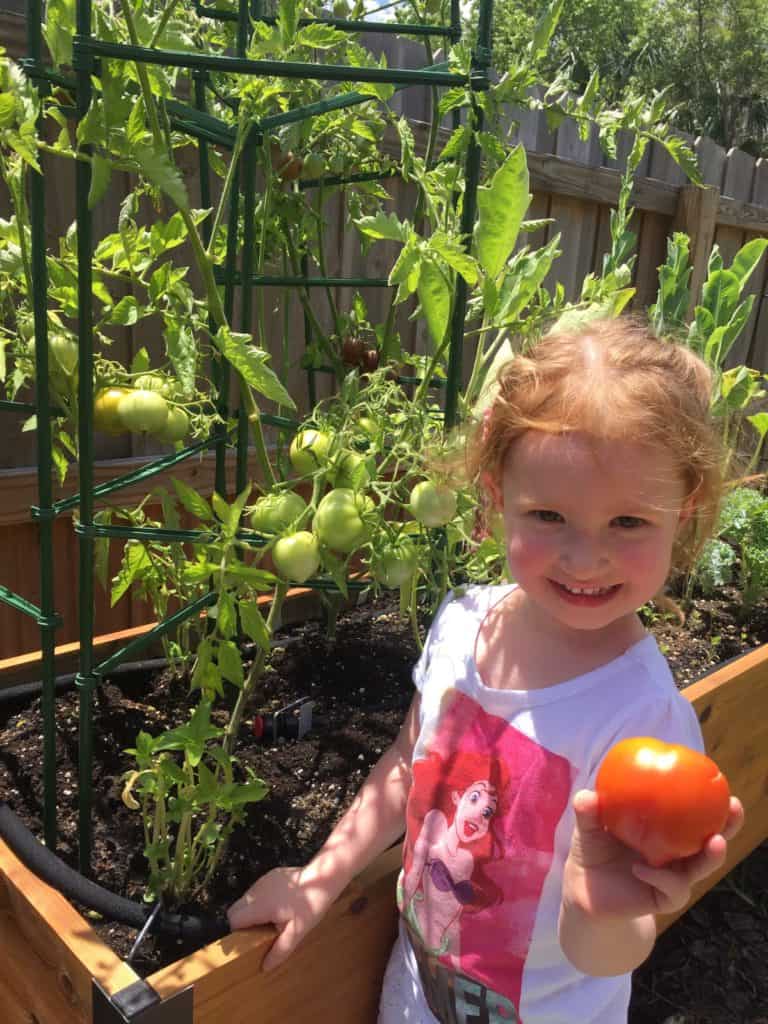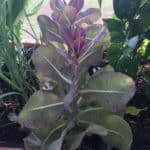
Don’t let the heat fool you, fall is right around the corner. If you want to get a jump start on your fall vegetable garden, now is the time to start planning. In Central Florida, we rewrite the rules for gardening. Why are we so different?
There are many challenges we face in Central Florida when it comes to vegetable gardening. Don’t be discouraged, though; if you understand our climate and environment, there really is a recipe for success. It comes down to three simple components: seasonality, soil quality and pests.
In Florida, our planting seasons vary significantly to the rest of the United States. Right now, we are about to embark on the most amazing fall season in the country. In Florida, since we do not typically experience any long, hard freezes, we can count on a fall season that starts in September and stretches clear into February. It is amazing to be able to harvest my lettuce, broccoli, cabbage, tomatoes and all of our cool weather crops for almost a full six months. Granted, this does not apply to every vegetable. Fortunately for us, the University of Florida has figured out the planting calendar for each vegetable. Check out their yearly gardening calendar for Central Florida and use this for your guide to plant each vegetable in the appropriate month: http://edis.ifas.ufl.edu/ep450.

Planting vegetables for fall gardens begins in September and October. You should be deciding on what cool weather vegetables to grow. First and foremost, it is important to put the right plant in the right place. Remember, vegetable plants typically need 6-8 hours of direct sunlight each day. Plants need appropriate watering and fertilizer. If you stay on top of these aspects of your garden, that will ensure the basic needs of your plants are met and minimize the pests in your garden.
When growing in Florida, choose seed varieties that are heat tolerant and pest resistant. Just remember, not all vegetables are created equal. If you choose cultivars or types of seeds that are readily available and do not have these qualities, it might be difficult to be successful. Look for sources of seeds that specifically state heat tolerant and pest resistant.

Soil quality can be a significant challenge in Florida. You need to understand the macro- and micronutrients needed in soil. Most importantly, know about the macronutrients N-P-K that are listed on each fertilizer package. N is Nitrogen that helps plants grow tall, P is Phosphorous that is present in Florida soil and helps fruits and vegetables grow, and K is Potassium that helps for strong roots and to prevent disease. You must have micronutrients present in the soil for plants to absorb the macronutrients. Micronutrients can come from amendments to the soil, such as compost and worm casting.
Since pest management is an entire subject to itself, I’ll just refer you to a website with a lot of answers: http://ipm.ifas.ufl.edu/. If you don’t find what you need here, just remember there are Master Gardeners available to the public at your local University of Florida Extension office in Orange or Osceola counties to answer any garden or lawn questions you might have.
With three simple goals for choosing seasonal vegetables, amending the soil to provide the macronutrients and micronutrients needed and putting the right plant in the right place, you can be successful in vegetable gardening in Central Florida. As always, fertilize every 4-6 weeks. This recipe will put you on the path to success in your Florida garden.



